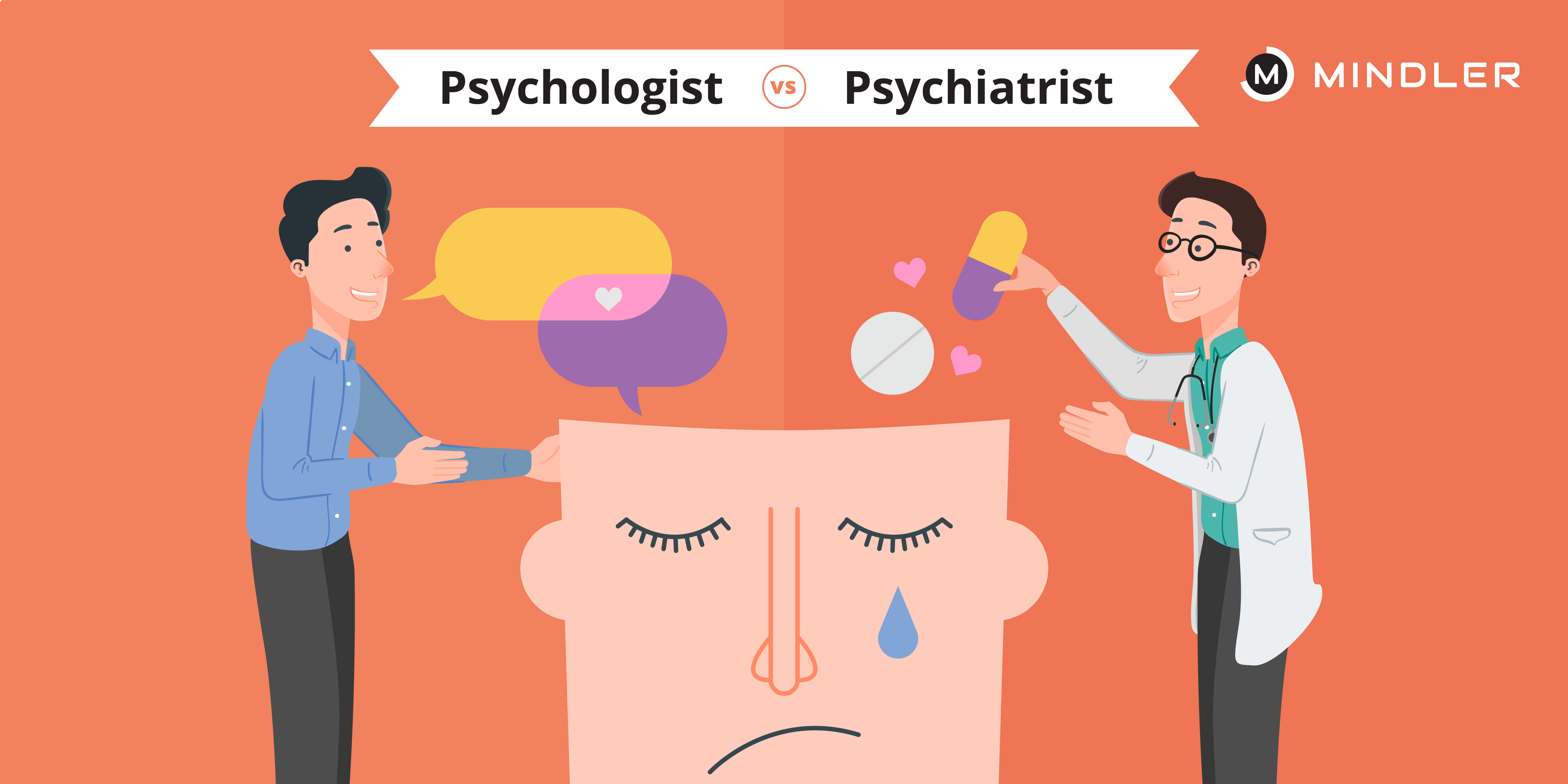Uncovering the Secrets of the Best Psychologist in Delhi for Anxiety Alleviation
Uncovering the Secrets of the Best Psychologist in Delhi for Anxiety Alleviation
Blog Article
Psych Treatment: A Comprehensive Guide to Outcomes and methods

Cognitive-Behavioral Treatment
Cognitive-Behavioral Therapy (CBT) is an extensively utilized psychotherapeutic approach that focuses on determining and modifying useless thinking and habits patterns. Established in the 1960s by Aaron T. Beck, CBT integrates behavioral and cognitive concepts to deal with various mental health and wellness issues, including depression, anxiety, and stress-related disorders. The premise of CBT is that maladaptive ideas add to emotional distress and maladaptive habits. By restructuring these ideas, people can achieve considerable renovations in their emotional well-being and everyday performance.
CBT is characterized by its structured, ambitious nature. Therapy typically includes a collaborative process in between the therapist and client, where certain issues are recognized, and practical methods are developed to resolve them. Strategies such as cognitive restructuring, exposure treatment, and skill-building exercises are frequently used. Cognitive restructuring includes challenging and altering negative idea patterns, while direct exposure treatment aims to lower fear and stress and anxiety with progressive direct exposure to been afraid circumstances or items.
Evidence-based research study supports the efficiency of CBT for a vast array of emotional problems - Best Psychologist in Delhi. Its focus on ability acquisition and self-help methods encourages customers to proceed development separately after treatment ends. The versatility and effectiveness of CBT have actually made it a cornerstone in contemporary psychotherapeutic technique
Psychodynamic Techniques
Rooted in the early concepts of Sigmund Freud, psychodynamic methods concentrate on exploring the unconscious mind and its impact on actions and feelings. These techniques intend to reveal concealed thoughts and sensations that might be driving maladaptive habits and psychological distress. Central to this method is the principle of inner problem, commonly originating from unsolved previous experiences, especially those from childhood.
Therapists utilizing psychodynamic techniques utilize several essential techniques, consisting of free association, where clients are motivated to talk freely to expose subconscious material, and dream evaluation, which analyzes the latent material of dreams. Furthermore, the expedition of transfer and countertransference characteristics within the therapeutic relationship is crucial. These communications can provide insights into the patient's inner world and relational patterns.
Psychodynamic therapy is usually longer-term contrasted to other techniques, offering a deep and comprehensive understanding of the person's subconscious. Study indicates that it can be especially reliable for complex psychological wellness issues, such as individuality disorders and persistent clinical depression. By promoting self-awareness and emotional understanding, psychodynamic treatment seeks to bring unconscious material to consciousness, making it possible for individuals to accomplish enduring and meaningful change in their lives.
Humanistic Strategies
Building on the foundations laid by psychodynamic approaches, humanistic strategies offer a distinct perspective concentrated on specific possible and self-actualization. Originating in the mid-20th century, these techniques prioritize the fundamental benefits and growth potential of people, highlighting an all natural sight of human experience. Trick figures such as Carl Rogers and Abraham Maslow have actually substantially influenced this restorative method, which includes methods like client-centered treatment and Gestalt therapy.
Client-centered therapy, established by Rogers, plays a crucial role in humanistic strategies. It depends on the therapist supplying a setting of unconditional positive respect, compassion, and congruence. This fosters a safe room for customers to explore their sensations and experiences without judgment, facilitating self-discovery and personal growth. The therapist's duty is more of a facilitator than an authority, motivating clients to harness their inner resources for healing.
Gestalt treatment, an additional vital humanistic method, stresses existing minute understanding and the assimilation of body and mind. By concentrating on the "below and currently," customers obtain better understanding right into their current emotions and actions. Strategies such as role-playing and guided visualization are usually employed to aid customers gain a much deeper understanding of themselves, inevitably resulting in boosted self-awareness and satisfaction.
Integrative Therapies
Integrative treatments stand for a synthesis of various restorative strategies customized to satisfy the one-of-a-kind requirements of each customer. This strategy acknowledges the complexity of human psychology and the multifaceted nature of psychological wellness issues. By combining elements from different colleges of psychiatric therapy-- such as cognitive-behavioral treatment (CBT), psychodynamic therapy, and humanistic methods-- integrative treatments provide a more alternative and versatile therapy standard.
Practitioners of integrative therapy assess each client's details requirements, symptoms, and individual background to devise a tailored treatment strategy. This customized method improves the potential for restorative success by resolving the origin of psychological distress and advertising general wellness. Methods may include mindfulness exercises, cognitive restructuring, and emotional handling, each picked to target various elements of the client's concerns.
Moreover, integrative treatments emphasize the restorative partnership, watching the client-therapist bond as an essential element of effective useful content treatment. This connection promotes a supportive atmosphere where clients feel secure to discover and resolve their problems. The adaptability of integrative treatments makes them ideal for a broad variety of problems, including anxiety, clinical depression, trauma, and interpersonal problems, consequently raising their applicability and efficiency in diverse from this source clinical setups.

Measuring Therapy Results
Examining the efficiency of psychiatric therapy is essential for both customers and medical professionals to make sure that the treatment is yielding the preferred end results. To achieve this, different methods and tools are employed to measure treatment results methodically. Standard evaluation tools, such as the Beck Anxiety Stock (BDI) and the Generalized Stress And Anxiety Condition 7 (GAD-7), give quantitative data on sign severity and modifications gradually.
Along with standardized tools, qualitative methods like client self-reports and scientific meetings offer valuable insights into the individual experiences and regarded progress of clients. On a regular basis scheduled examinations, typically at the start, middle, and end of treatment, aid in tracking the trajectory of improvement or identifying areas needing change.
Outcome measurement is not limited to symptom decrease; it additionally incorporates useful renovations in daily life, such as better social relationships, boosted work productivity, and improved general well-being. Modern innovations in digital wellness have actually presented mobile applications and online systems that facilitate real-time surveillance and responses, even more fine-tuning the analysis procedure.
Inevitably, a detailed method to gauging treatment end results guarantees that restorative interventions are effective, effective, and tailored to meet the individual needs of clients, thus optimizing the general restorative experience.
Conclusion
Humanistic techniques concentrate on personal growth and self-actualization, while integrative therapies incorporate numerous methods for tailored therapy strategies. Evaluating treatment visit the site results through standard assessments and qualitative techniques makes certain an extensive understanding of efficiency, ultimately guiding customers toward enduring mental health and wellness renovations.
From the structured technique of Cognitive-Behavioral Treatment (CBT) to the deep expedition of the unconscious in psychodynamic therapy, each approach brings special benefits. Its emphasis on ability procurement and self-help strategies encourages clients to continue progress separately after therapy concludes (Best Psychologist in Delhi). Trick figures such as Carl Rogers and Abraham Maslow have significantly affected this healing strategy, which incorporates techniques like client-centered treatment and Gestalt treatment

Report this page